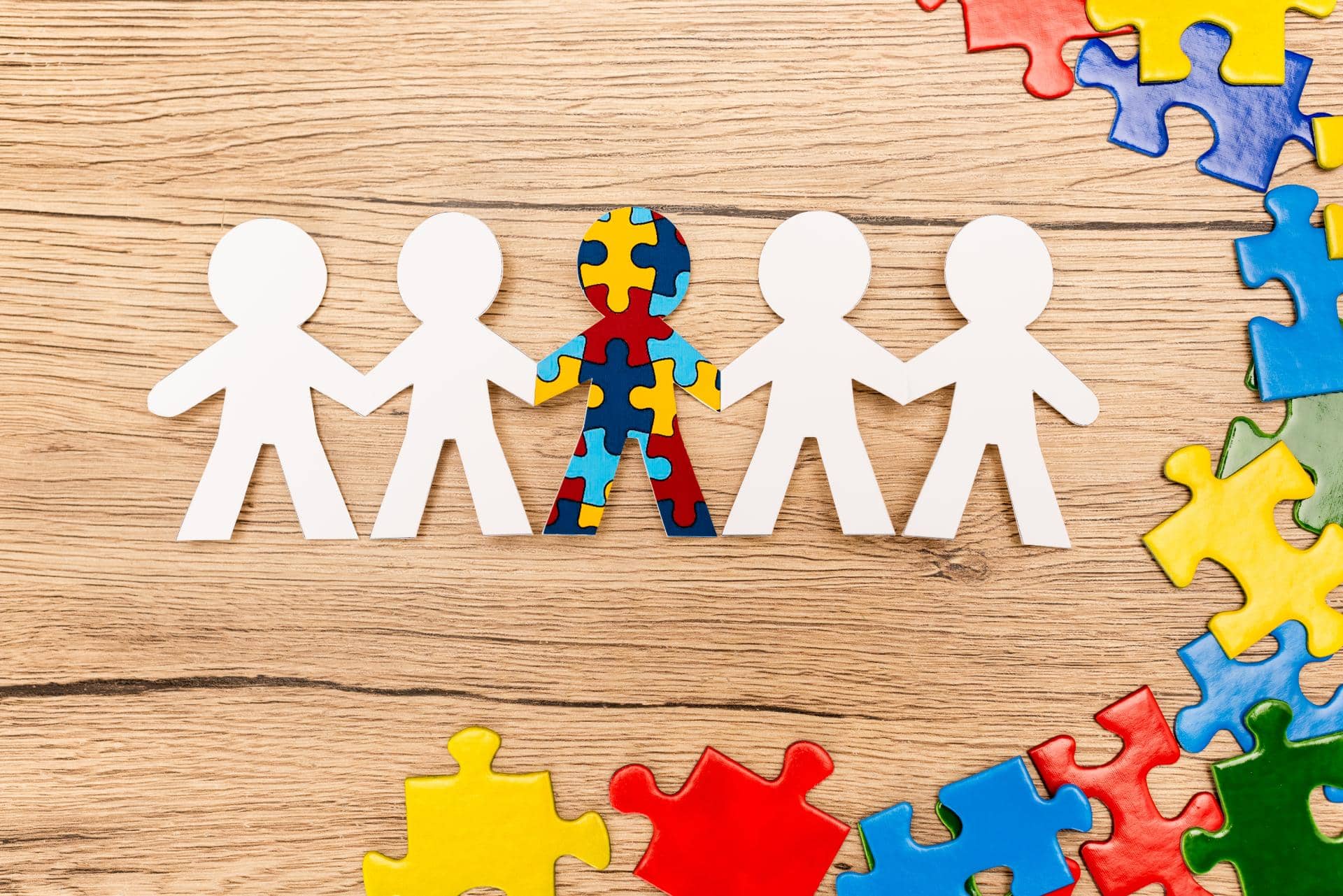Incorporating diversity and inclusion in early childhood education and care (ECEC) curriculum and practice is crucial to providing a welcoming and inclusive environment for all children. ECEC providers have the unique opportunity to promote diversity, equity, and inclusion, and it is essential that they take this responsibility seriously.
Recognising Diversity
First and foremost, it is important to recognise and celebrate the diversity that exists within all ECEC services. This includes diversity of race, ethnicity, language, culture, religion, ability, and more. ECEC providers can work to create an environment that acknowledges and celebrates this diversity, through activities such as cultural celebrations, language learning, and exposure to diverse books and media.
It is also important to provide opportunities for children to learn about and understand different perspectives and experiences. This can be done through age-appropriate discussions and activities that explore topics like discrimination, social justice, and privilege. ECEC providers can also invite community members from diverse backgrounds to come and share their experiences with the children.
It is also worth acknowledging the diversity amongst educators themselves and how this affects learning environments. Centres that have a diverse group of educators can help to create a more inclusive and culturally responsive learning environment that supports children’s growth and development. This might involve cooking traditional foods, sharing family stories or traditions, and learning songs or dances from different parts of the world.


What are the effects of incorporating Diversity?
Incorporating diversity and inclusion has numerous benefits for children, educators, and the wider community. Here are some of the key benefits:
Promotes social and emotional development: When children are exposed to diversity and inclusion from a young age, they learn to appreciate and value differences in others. This can help children develop empathy, respect, and inclusivity towards others.
Fosters a sense of belonging: Incorporating diversity and inclusion in ECEC curriculum and practice can help children feel that they belong and are valued. This can improve their sense of self-esteem, confidence, and self-worth, which can have long-lasting positive effects.
Builds cultural competence: Diversity and inclusion help children develop cultural competence, which is the ability to interact effectively with people from different cultures. This is an important skill for success in a globalized world.
- Supports families and communities: By promoting cultural understanding, inclusivity, and respect for diversity we create stronger, more cohesive communities.

Exposing children to diversity and inclusion from a young age can help reduce prejudice by promoting empathy, challenging stereotypes, normalising differences, and creating positive experiences with people from different backgrounds. Early childhood is an important time to introduce children to diversity and promote a more inclusive and accepting society.






